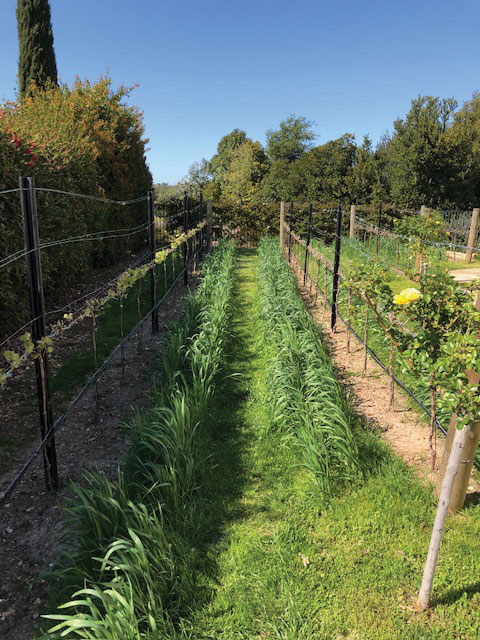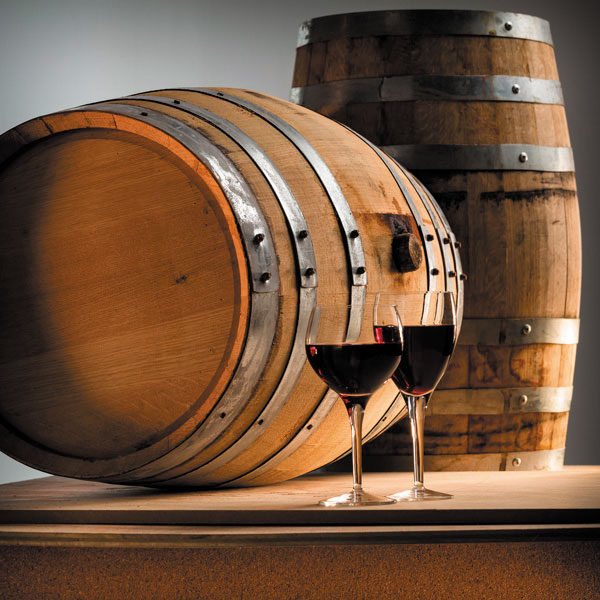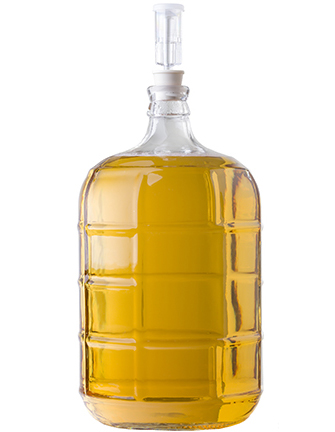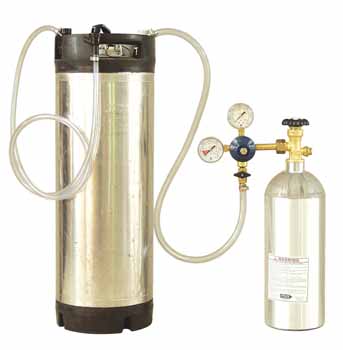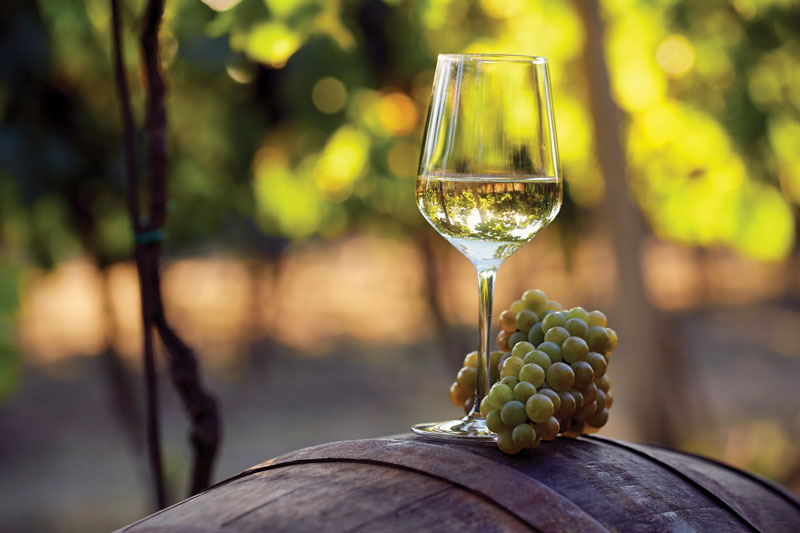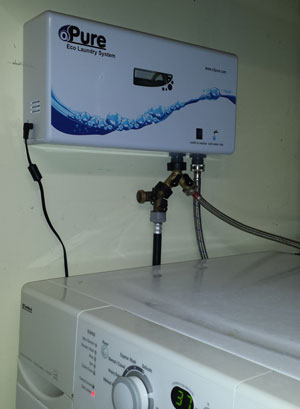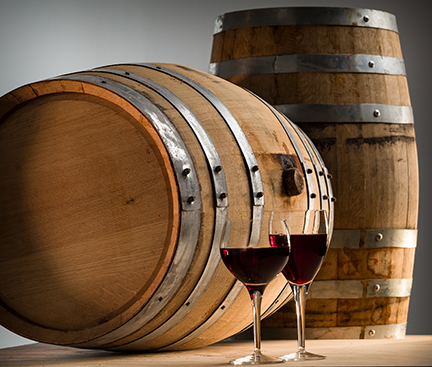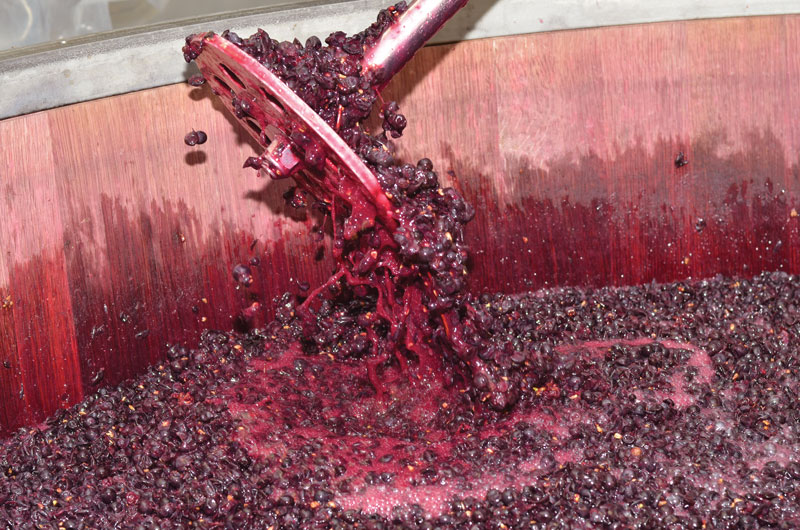Writer: Alison Crowe
Sensing Ripeness in Grapes
Hey, it happens to me too. But fear not, we’re going to impart some information that’ll give you the confidence to pick even if you don’t know the Brix number. Many winemakers
Uneven Ripening Of Grapes
Many thanks to you for being a WineMaker magazine reader! We love being a source of helpfulness in the sometimes difficult-to-navigate world that is international small-scale winemaking. Uneven vineyard ripening is indeed
Uneven Ripening, Sensing Ripeness, and Killer Yeast
It’s hard to get universal ripening of your grapes in a small vineyard with lots of variability. The Wizard provides some pointers as well as clues to determining grape ripeness when the refractometer is left home. Plus, the threat of contamination from “killer” yeast.
Cures To An Oversulfited Wine
Since you can’t measure your free and total SO₂, let’s do some numbers to see what kind of a potential problem you might be facing. First off, let’s talk about your bottle-rinsing
Advice For A Beginning Winemaker
Winemaking is always a learning process and even those of us that have been doing this for a long time still learn a lot every harvest and all year-round! However, that being
Remove a White Film on Carboy
Wow, looks like you’ve got a serious case of “Ring Around the Carboy.” Thanks for sending in the picture, I always love it when readers do that because, especially in cases like
Preserving Oak Barrels, Oversulfited Wine, Film on a Carboy, and Beginner Tips
What is the best way to store oak barrels that don’t have wine in them? Get the answer from the Wine Wizard, as well as her advice for a case of oversulfited wine, removing white film from a glass carboy, and five tips for a rookie winemaker.
Steps to Preserve Your Oak Barrel
Well, the first thing I always say is, “A full barrel is a happy barrel.” That means that the barrel is best stored with wine in it! The acidity of the wine
Achieving Cold Stable Wines
For those readers who are not familiar with the article referenced, I talk about how it was likely a reader’s malolactic fermentation would pick back up again when the weather warmed up
Rules Of Fining
Indeed, after using most fining agents there will be a layer of sediment generated and you’ll need to rack the wine off of it accordingly. Fining agents, by definition, are introduced into
Topping My Wines Off
As I explain in my book, The Winemaker’s Answer Book, oxygen can be a friend of wine (especially during active primary fermentation) but is more often its enemy. One of the biggest
Top Me Off, Rules of Fining, and Achieving Cold Stable Wines
Get some pointers and considerations a winemaker needs to keep in mind when topping off your aging wine vessels. The Wizard also answers questions on fining agents and malolactic fermentation after cold stabilizing a wine.
Adding Carbonation To A Dessert Wine
If you’ve got a carbonation setup at home that you use for your homebrew, cider, mead, or kombucha, you certainly can fizzy up some wine products for yourself. I like your idea
Properly Adding Copper
Ah yes, the classic “I sunk a bunch of pennies in my carboy” tale. Forgetting for a moment that modern pennies contain very little copper, there’s a reason that most winemakers I
Properly Measuring Wine Cap Temperature
That is a great question and I’m really glad you asked. Sometimes when those of us who have been making wines for quite some time write about some technique, process, or concept
Protecting Your Wine From Oxygen During Racking
Excluding oxygen by gassing headspaces and purging containers is one of the most important winemaking jobs we have. Oxygen exposure during aging can create all sorts of problems from premature oxidation and
Protecting Your Wine, Cap Temperature, Copper Sulfate Additions, and Carbonation Help
Oxidation is one of the most common faults among homemade wines. The Wiz has some tips for minimizing exposure during racking along with advice for how to read fermentation temperature, reducing reductive stink with copper, and carbonating a dessert wine.
More Butter, Please; Caveats with Pectic Enzymes; and Wonky Grape Numbers
Not everyone loves a buttery Chardonnay but for those that seek out this characteristic the Wine Wizard has some sage fermentation advice to achieve buttery bliss. Also, one reader wonders about adding pectic enzymes in a red wine and another is perplexed by the numbers in his recently purchased juice.
Trying to Work With Grape Juice That is Amiss
Well, your grape or juice source really put you in a bind. Those are some of the most unbalanced initial numbers I’ve ever seen, and I would seriously consider getting your juice
Using Pectic Enzymes in a Red Wine
To quote one of my vineyard colleagues who always likes to give multiple sides to every answer, “It depends” (thanks, Rich). And so it is with pectic enzymes in winemaking. Pectic enzymes
Crafting a Buttery-Style of Chardonnay
Indeed, that flavor you’re after is primarily caused by the malolactic bacteria, which impart that buttery, dairy, or creamy taste in many Chardonnays. This is because these bacteria, depending on the strain,
Ozone Sanitation and Filtering Facts
Q I’ve heard that a lot of wineries are using ozone for their sanitation programs. I make about ten barrels of wine a year — should I buy an ozonator machine? Bernice
Making it Legal, Antique Grape Juice: Wine Wizard
Q I have been making wine at home for the past five years and my friends tell me I am pretty good! They like my wine and I thought about starting to
Malolactic Fermentation After Cold Stabilizing
I always think it’s wonderful when people can do a “natural” cold stabilization over the winter months. It’s an incredibly intuitive and very old-fashioned, non-interventionist way to accomplish a key winemaking task.
Adding Sorbate After MLF
Winemakers typically add sorbate (aka sorbic acid, often purchased as potassium sorbate) when they want to bottle a wine with a little residual sugar. It is often added right before backsweetening and
